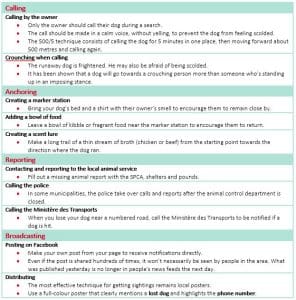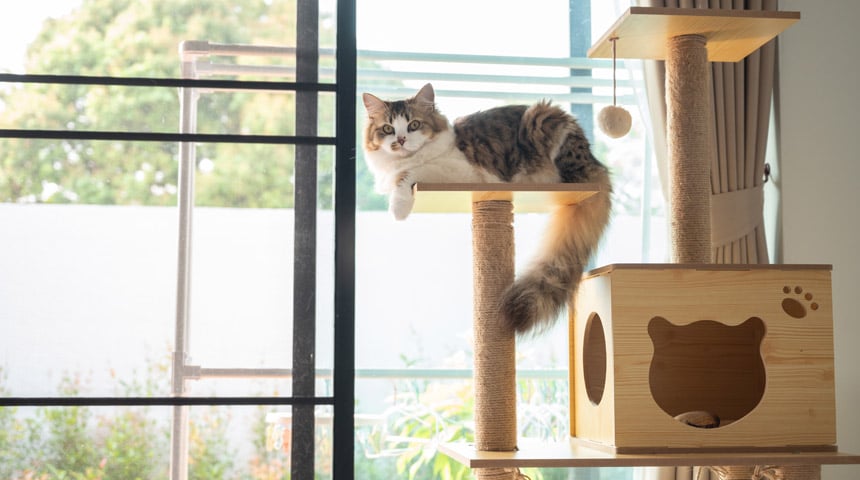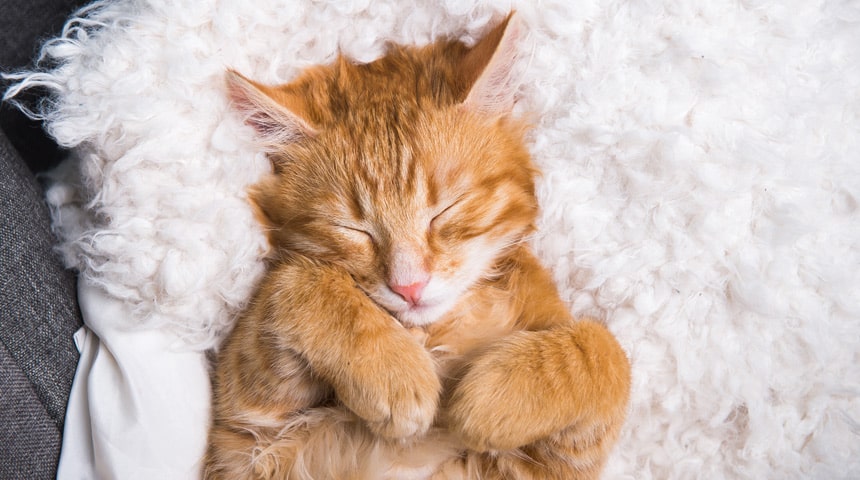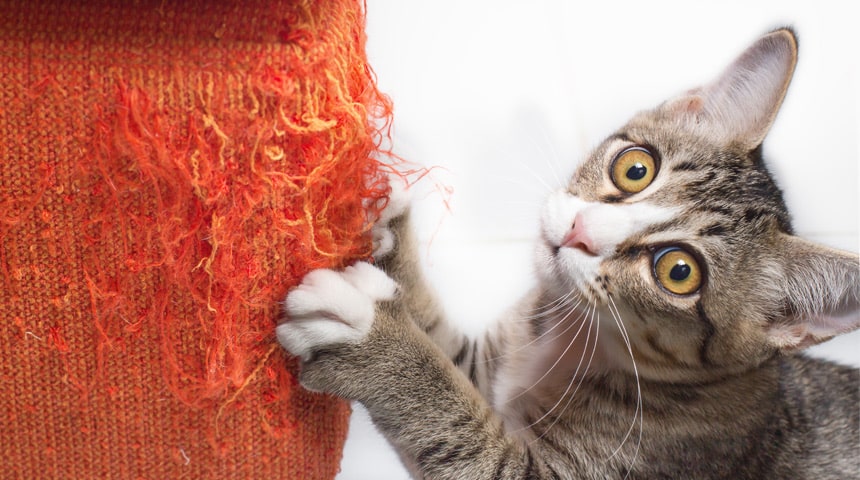Although we do everything in our power to prevent it, a pet is not immune to running away, when out for a walk, visiting a friend or even staying in a boarding kennel.
Here are a few tips to assist you should the situation arise:
At the time of the event and in the hours that follow:
If you see your pet running away:
- Analyze the environment for possible dangerous situations or opportunities for the animal to escape.
- If possible, block or prevent the animal from fleeing into situations that could be dangerous for them, or make the next step more difficult WITHOUT pursuing the animal.
- Follow and observe your animal, without frightening them, to avoid losing track of them.
- If your pet is in a precarious or specific situation and you cannot rescue them, call in a rescue service (e.g. Sauvetage Animal Rescue).
Use social media – they can help you find your pet:
- GE Cherche Charly - Chiens perdus on Facebook. They are the reference in this kind of situation and their services are free.
- Alerte Reven - for dog disappearances and to create an alert.
- Facebook “Spotted” pages from your town and surrounding areas.
Important: Always use the same search notice or message to create a consistent sharing effect with maximum impact.
48 hours after the event, if the animal still hasn’t been found:
Contact a “blood hound handler” in your region:
- Blood hounds are used to find wild animals that are still alive but injured during hunting.
- For the list of blood hound handlers, click here (in French only): Liste des conducteurs
- Continue searching the area.
What to Do When a Dog Gets Lost
Contact GE Cherche Charly:
Their experienced team will give you the right advice to suit your circumstances and guide you through the runaway situation.
Here is a list of resources to use:
- Veterinarians in your area
- Animal rescue services in your area
- Ge cherche Charly – Chiens perdus (Facebook)
- Your local police
- Alerte Raven – disparition canine (Facebook)
- Sauvetage Animal Rescue and/or its director, Éric Dussault (Facebook)
- The Association des conducteurs de chiens de sang du Québec: https://www.accsq.com/fr
Emotional Support:
It can be very difficult for a pet owner to go through this ordeal, especially if it ends in death. There are resources available, such as pet bereavement and intuitive communication counselling. We encourage all owners going through this experience to seek help and make use of the resources available to them.
All our clinics, hospitals and centres are proud to apply these recommendations and are able to support you if your pet has run away. Do not hesitate to contact your veterinary team.
Source (original French version): GE Cherche Charly 2022










